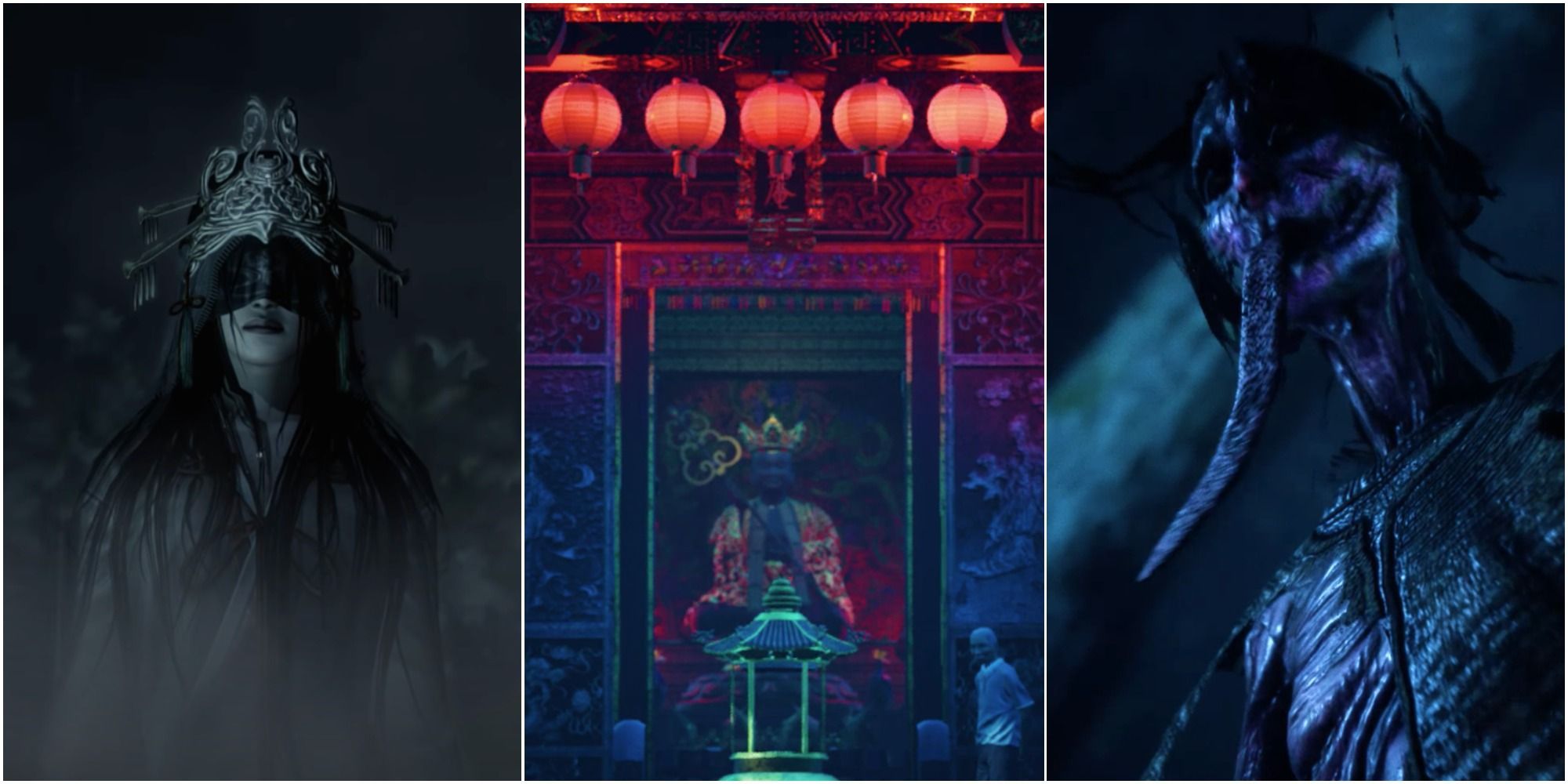
The Influence of Folklore in Horror Game Narratives
Horror games have become increasingly popular in recent years, captivating gamers with their chilling narratives and spine-tingling experiences. One element that adds depth and intrigue to these games is the incorporation of folklore into their narratives. This article explores how folklore influences horror game narratives, creating an immersive and sinister gaming experience.
1. Background on Folklore
Folklore refers to the traditional beliefs, customs, and stories passed down through generations. It often encompasses myths, legends, and supernatural creatures. These tales reflect the fears, anxieties, and cultural values of societies. The use of folklore in horror games allows developers to tap into the collective fears of players, adding an extra layer of authenticity and a sense of familiarity.
2. Creating Atmosphere
Folklore provides horror game developers with a rich source of inspiration for creating an immersive and eerie atmosphere. By incorporating elements such as haunted houses, cursed objects, or vengeful spirits, developers can instantly set the tone for a bone-chilling experience. These familiar folklore motifs resonate with players, enticing them to explore the game’s terrifying world.
3. Building Fear and Suspense
Folklore often features terrifying creatures and supernatural phenomena, such as vampires, werewolves, or ghosts. These entities have deep roots in our collective consciousness and evoke a primal fear within us. When these creatures are seamlessly integrated into the narrative of a horror game, they become powerful tools for building fear and suspense. Each encounter with a folklore-inspired monster becomes a heart-pounding moment, keeping players on the edge of their seats.
4. Leveraging Cultural Connections
Folklore differs across cultures and regions, making it a versatile tool for game developers to tap into various audiences. By incorporating folklore specific to a particular culture, developers can create a profound connection between players and the game world. Players from that culture or those familiar with its folklore will instantly recognize references and symbols, deepening their engagement and immersion in the game’s narrative.
5. Emotional Resonance
Folklore often explores universal themes such as love, betrayal, revenge, and redemption. By weaving these themes into horror game narratives, developers can create emotionally compelling storylines. Players become invested in the characters’ journeys, relating to their fears and struggles on a deeper level. This emotional resonance elevates the horror game experience beyond mere jump scares, making it a memorable and meaningful interactive adventure.
6. Reinventing Folklore
While folklore provides a foundation for horror games, developers often take creative liberties to reinvent and reimagine these traditional tales. This inventive approach allows for fresh and unpredictable narratives, keeping players engaged and intrigued. By blending age-old folklore with modern storytelling techniques, game developers can create unique and unexpected horror experiences that defy expectations.
Conclusion
The influence of folklore in horror game narratives is undeniable. By drawing on the rich tapestry of legends and myths, developers can create immersive atmospheres, build fear and suspense, leverage cultural connections, evoke emotional resonance, and reinvent traditional folklore. The result is a truly captivating horror game experience that lingers in players’ minds long after they turn off their consoles. Folklore’s timeless allure continues to inspire and shape the narratives of some of the most memorable horror games in the industry.

